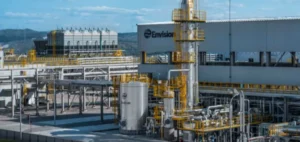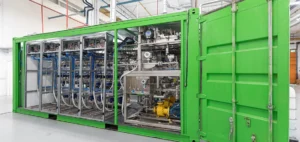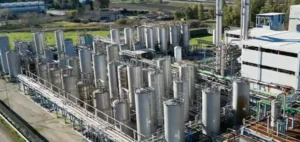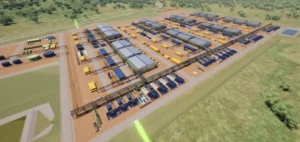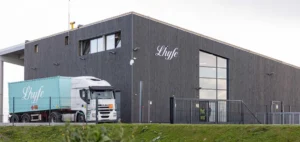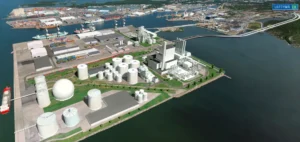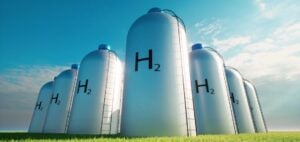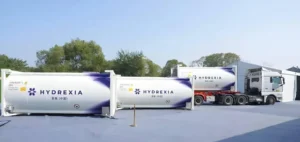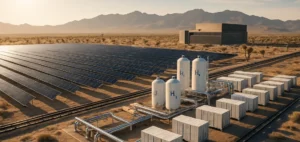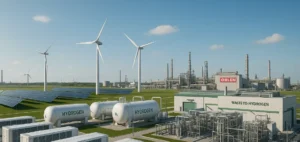Hygenco Green Energies has launched the largest renewable energy tender in India for a green ammonia project. The tender covers a total capacity of 1.1 gigawatts (GW), including 625 megawatts (MW) from photovoltaic solar energy and 500 MW from wind energy. This initiative is part of the National Green Hydrogen Mission, a strategic program initiated by the Indian government to develop a green hydrogen production ecosystem. The goal is to enhance clean energy production capacity while supporting the growth of the hydrogen sector in the country.
The tender terms are designed to attract investors by providing transparent and stable conditions to mitigate risks associated with market volatility. Hygenco aims to secure a stable supply of renewable energy, which is essential to ensuring the long-term competitiveness of its green ammonia project.
A rapidly expanding green ammonia market
The development of green ammonia is based on the production of hydrogen using renewable energies, combined with nitrogen to produce ammonia without carbon emissions. Although this technology is still in its early stages of deployment, it is attracting growing interest from heavy industries and energy sector stakeholders. By 2030, the global green ammonia market could reach $17.9 billion, according to recent estimates.
Green ammonia offers significant potential for industrial and energy sectors. It can be used in fertilizer production, maritime shipping, and as a large-scale energy storage solution. However, its production requires substantial supporting infrastructure and partnerships between renewable energy producers, chemical companies, and governments. Hygenco’s tender could accelerate the development of such a network by stimulating the necessary investments to secure energy flows.
India’s ambitions for green hydrogen
India has adopted an ambitious policy to promote green hydrogen as a core element of its decarbonation strategy. The government aims to achieve an annual production of 5 million tons of green hydrogen by 2030 and has implemented measures to support investments in associated infrastructures, including tax incentives and support for large-scale project development.
Hygenco’s tender is directly aligned with this national effort to position India as a key player in the global hydrogen market. This project could also strengthen the country’s energy security by reducing dependence on natural gas and coal imports, while creating new economic opportunities for the industrial sector.
An opportunity to diversify the energy mix
Integrating green hydrogen into the energy mix would allow India to diversify its supply sources and reduce the share of fossil fuels in its industrial sectors. The country, which currently relies heavily on fossil fuels for the majority of its energy needs, is turning to renewable energy solutions to meet its decarbonation goals.
Hygenco’s green ammonia project, with a capacity of 1.1 GW of renewable energy, is one of the first of its scale to emerge in India. Its successful implementation could set a precedent for other similar projects, while driving technological innovation within the sector.



